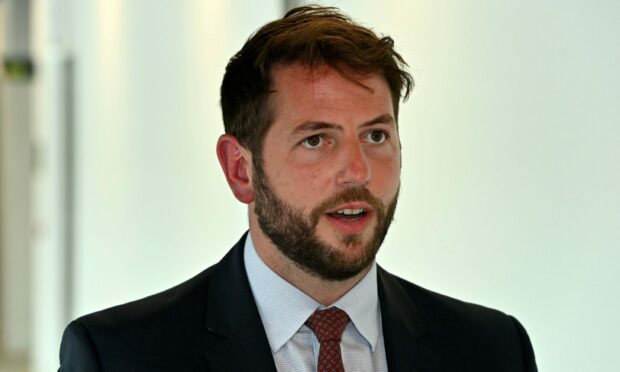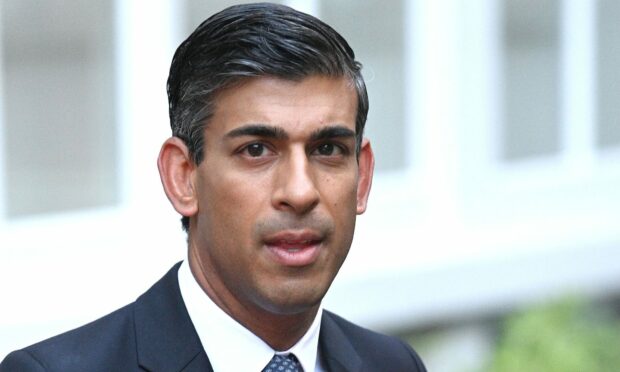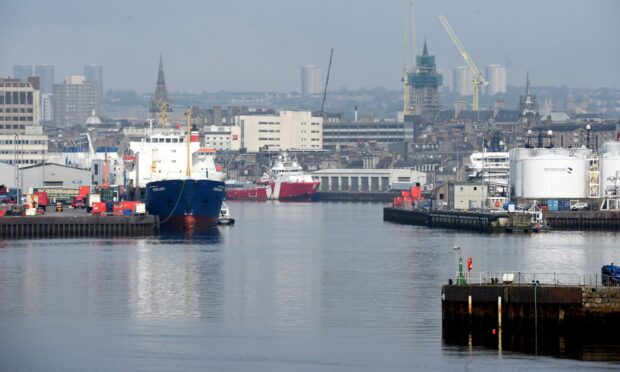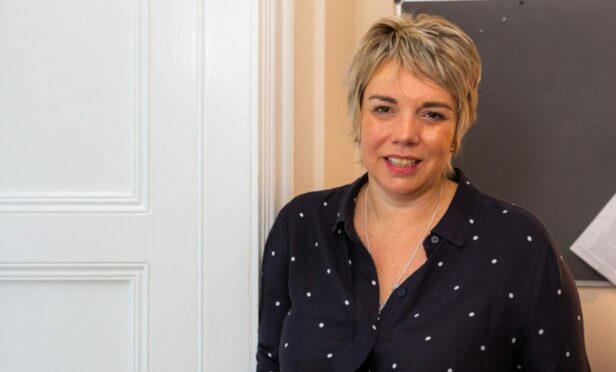Proposals to cap the number of foreign students coming to the UK would be a “retrograde step” as the north-east faces “acute shortages” of people and skills, says the region’s business chamber.
Fergus Mutch, policy advisor at Aberdeen and Grampian Chamber of Commerce, said the city’s workforce challenges are a “a serious barrier to growth”.
Rishi Sunak is considering limiting the number of foreign students bringing dependants to the UK, after net migration climbed to a record half a million.
Downing Street indicated plans to bring overall numbers down could include putting up barriers for international students’ loved ones and those studying “low quality” degrees.
Earlier this month, Aberdeen City Council bosses said a shift in the focus of city universities to attract overseas students had “surprised” them.
Council officers said many more students than expected brought their families with them, meaning hundreds more school pupils for the city.
Professor Lynn Kilbride, Vice Principal for Academic Development and Student Experience at Robert Gordon University, raised the impact of capping the number of international students on the local economy.
Aberdeen receives a total net impact of more than £200 million through international students, figures by the Higher Education Policy Institute (HEPI) show.
‘Retrograde step’
Mr Mutch said the move “sends entirely the wrong message to the world about the UK as a place to do business”.
He added: “Scotland, and the north-east in particular, faces acute shortages of people and skills in a whole range of sectors and at all levels.
“Most recently, the Chamber’s Energy Transition survey showed that this is a growing problem and a serious barrier to growth.
“In this context, it would be a retrograde step for any government to block more talented people from coming to this country to live, work and study.
“We should be attracting people to our international city, equipping them with skills in key industries and ensuring that they choose to make their lives here — contributing to our local economy and growing our tax base.”
‘Diverse’
Prof Kilbride said: “The university is proud of its diverse student population with over 150 countries being represented among the 16,000 students currently undertaking our undergraduate and postgraduate programmes.
“The north-east region benefits not only culturally but economically too as international students from around the world spend money locally in shops, restaurants and on leisure activities.”
A spokesman from the University of Aberdeen, said: “We are proud to have students from more than 130 different countries and staff from more than 80 countries – it benefits our teaching and research output and is just one of the reasons we are consistently ranked among the best in the world for international outlook.”
Funding gap
Around 504,000 more people are estimated to have moved to the UK than left in the 12 months to June 2022, up sharply from 173,000 in the year to June 2021.
The estimates were compiled by the Office for National Statistics (ONS), which said the jump was driven by “unique” factors including visa schemes for Ukrainians and Hong Kong citizens, and students arriving from outside the European Union.
Every year more than 65,000 students from more than 180 countries study in Scotland.
Holyrood’s education commitee raised concerns about a reliance on cash from overseas students earlier this month.
MSPs heard how universities face a “funding” gap of between £4,000 and £7,000 in 2022-23, based on the cash they receive from the Scottish Government for Scottish-domiciled students and the cost of teaching them.
Alastair Sim, Director of Universities Scotland, said any attempts to cut international student numbers at Scottish universities would be “damaging to universities and the Scottish economy”.
He added: “Scottish universities face a double whammy: we are reliant on income from international students to subsidise the cost of teaching Scottish students due to underfunding from the Scottish Government.”
‘Deeply damaging’
Responsibility for immigration sits with the UK Government.
The prime minister’s official spokesman said: “We’re considering all options to make sure the immigration system is delivering, and that does include looking at the issue of student dependants and low-quality degrees.”
Scottish Higher Education Minister Jamie Hepburn said: “Any such proposals from the UK Government would be deeply damaging to Scotland’s world-class university sector.
“International students who come to our world-class institutions make an important and valuable contribution to the Scottish economy, our educational environment and society.
“We remain absolutely committed to our universities, our students, and free higher education for Scots domiciled students – based on the ability to learn, not the ability to pay.”




